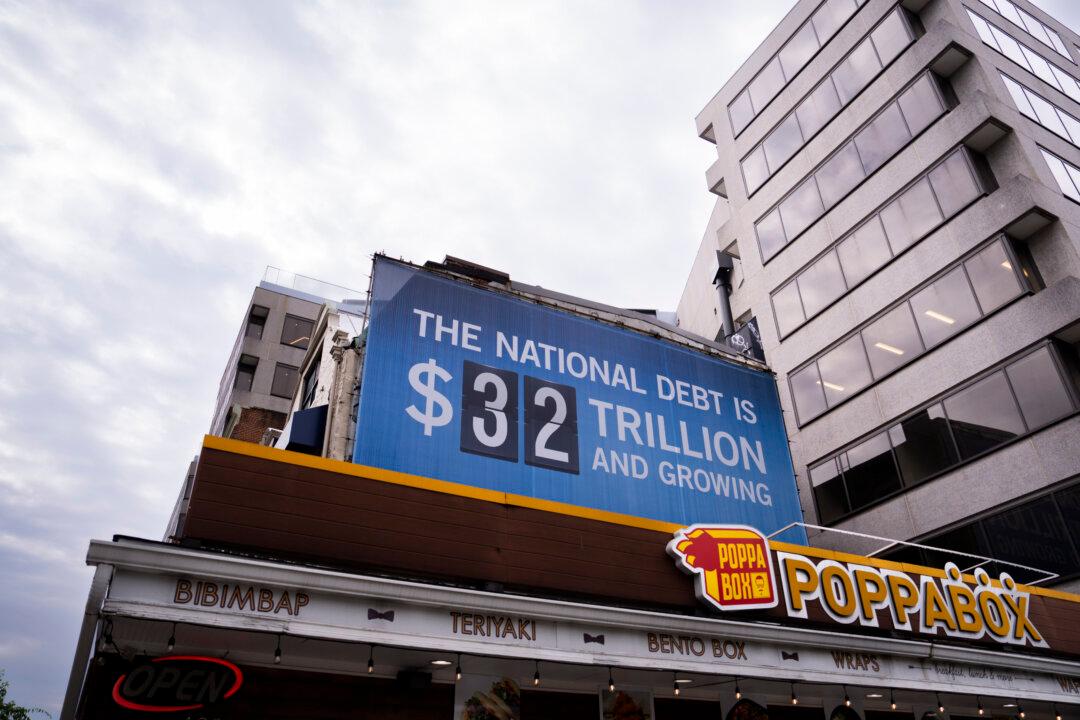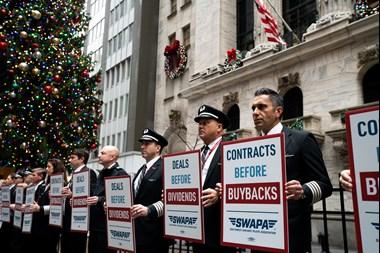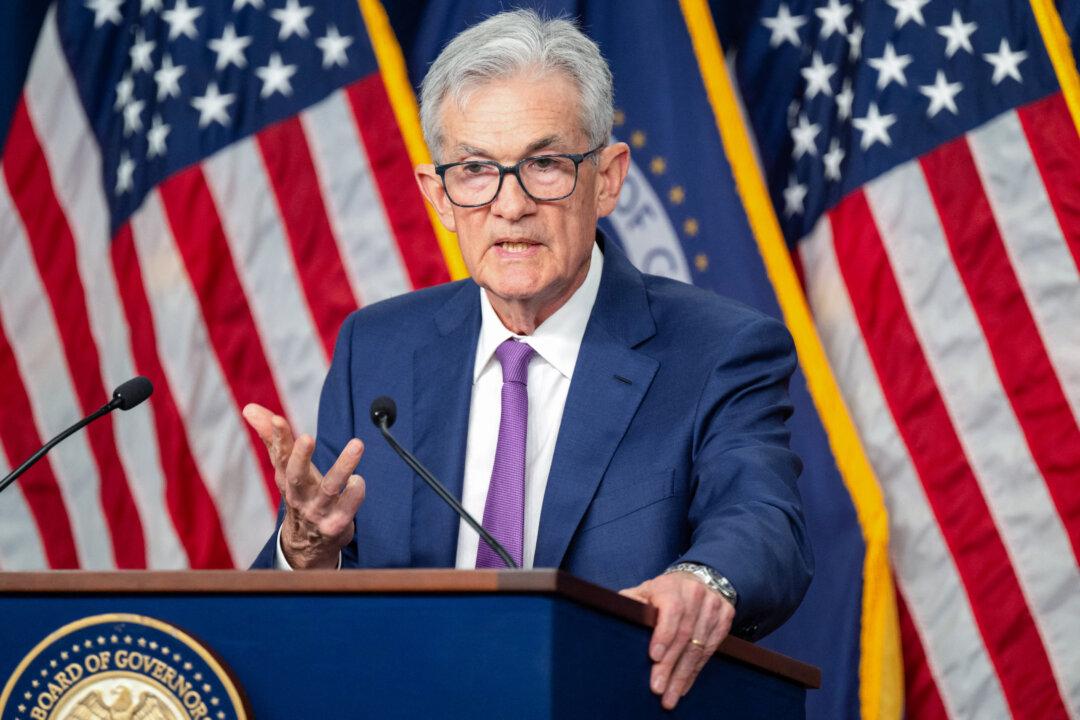Commentary
This morning’s Establishment Survey jobs numbers printed at 216,000, well above the consensus expectation of 170,000. The Household Survey printed at at 169,000. (The Establishment Survey estimates the number of new jobs created, so can take account of people working multiple jobs. The Household Survey estimates the number of people who gained jobs.) Some 52,000 of the Establishment Survey’s 216,000 new jobs were in government. Net revisions to the Establishment Survey for the prior two months reduced jobs by 75,000.





